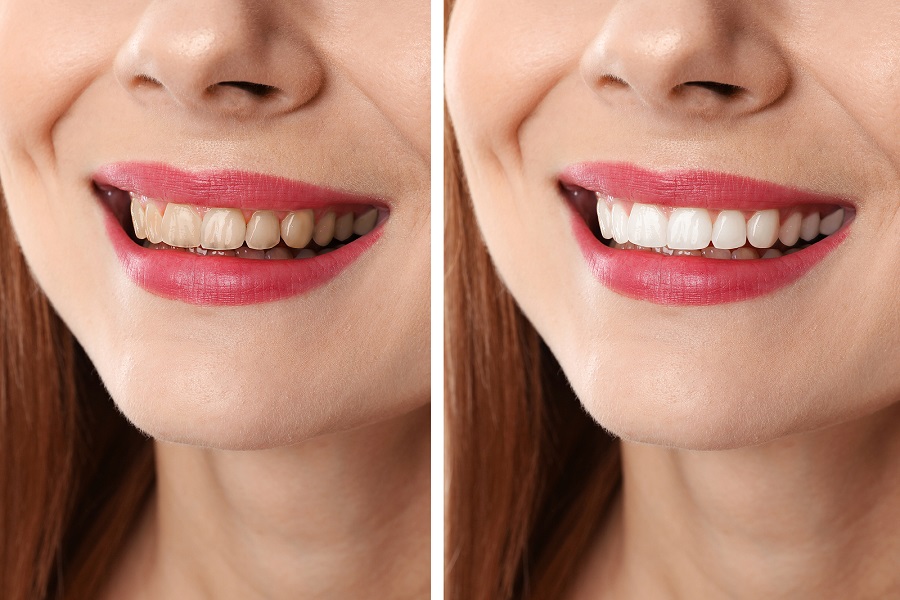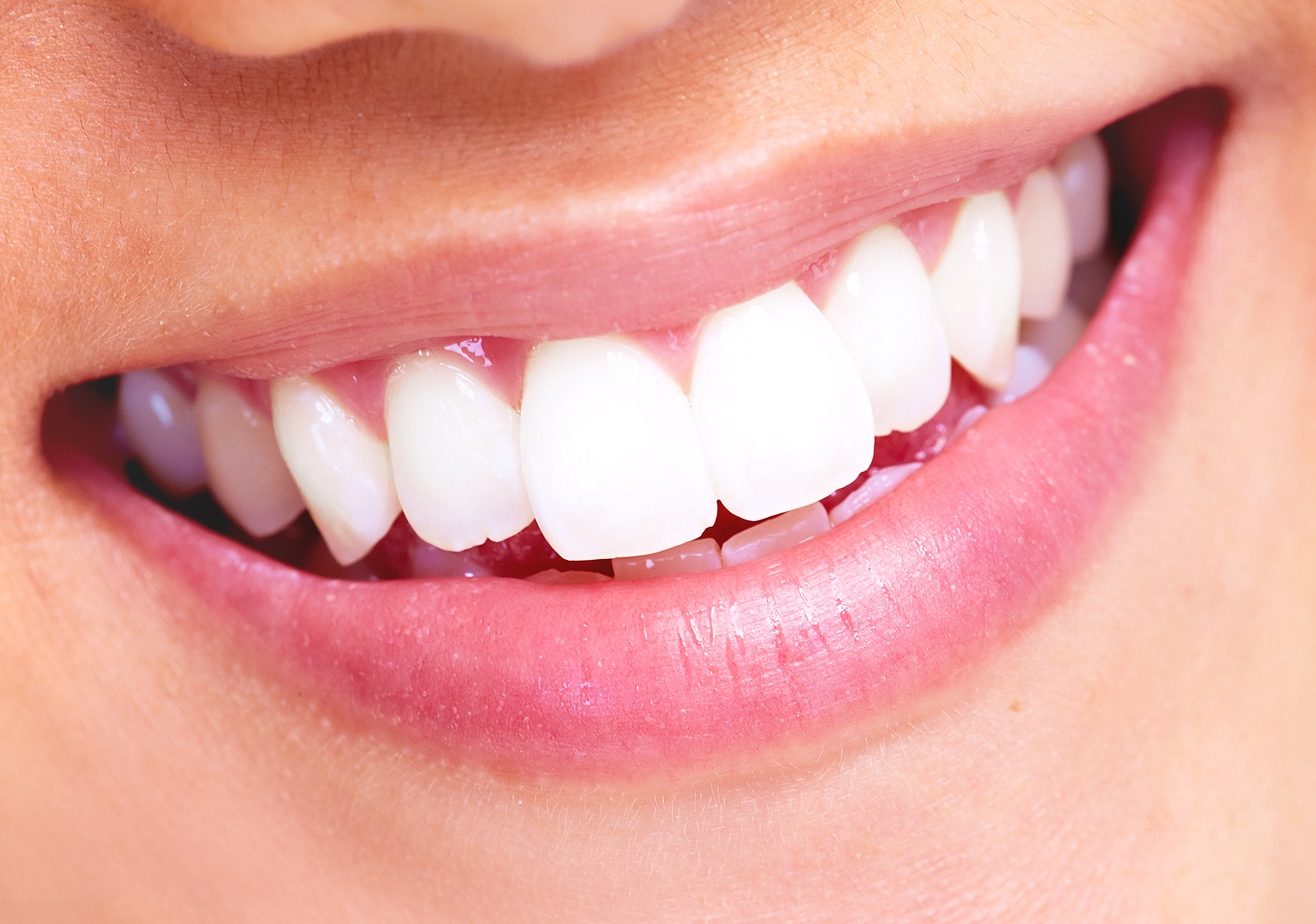THE DANGERS OF BRUSHING WITH BAKING SODA
Baking soda is popular for brushing teeth. It’s viewed by many people as a safe and healthy way to brush teeth and achieve effective and long-term dental care.
HOW DOES BAKING SODA WORK?
When baking soda comes into contact with water, it releases free radicals that attack teeth stains. It also helps to remove tooth unsightly discoloration caused from certain foods and beverages such as coffee, tea, red wine, soda, and tobacco. As a plus, baking soda is known to neutralize bacterial acids and other unhealthy components that cause bad breath. Another benefit it that baking soda could help keep your mouth fresh for up to three hours after brushing your teeth. However there are many dangers in brushing with baking soda.
EFFECTS OF BRUSHING WITH BAKING SODA
The American Dental Association (ADA), does not recommend that you rely solely on baking soda to take care of your teeth because it has an abrasive nature. Baking soda only removes surface stains and debris, but it does not necessarily remove plaque which is an important consideration. As plaque accumulates, it not only causes additional and unattractive yellowish tooth discoloration, it also contributes to dental decay, gum disease, and cavity formation. It should be noted that brushing with baking soda, while affective is dangerous for your oral care and professional whitening should be a more suitable option.
WHY IS PLAQUE REMOVAL SO IMPORTANT?
Plaque, which consists of colorless deposits of bacteria, is constantly forming on our teeth between four to 12 hours after brushing. You’ve heard the drill about the importance of brushing and flossing twice a day, and now we’re suggesting even more care just to be on the safe side. Consider investing in a small portable toothbrush that’s available for around $2.00 at most drug stores so you can brush after meals when you’re out and about. It does make a difference, and it takes so little time.
TOOTHBRUSH CARE
One note about toothbrushes — they are not meant to be used for months on end. Most dentists recommend replacing brushes every two to three months because bristles break down and loose their effectiveness. Additionally, if you’ve come down with a sore throat, a cold, or the flu, change your toothbrush to avoid reinfection. Let your brush dry out between uses. Do not share toothbrushes with other loved ones. An important part of oral hygiene is the removal of plaque from around your gum line. If it’s not professionally removed, it can cause problems including inflammation and gum irritation around your teeth. This condition can lead to gingivitis that results in red, swollen, and bleeding gums. Left untreated, gingivitis can develop into periodontal disease and, possibly, tooth loss and surgery.
THE BENEFITS OF PROFESSIONAL DENTAL CARE
The other important issue to be aware of is the buildup of tartar, which is a mineral that’s fairly easy to see above the gum line. The most common sign of tartar is a yellow or brown deposit between the lower front teeth, or at the gum line. The only way to remove tartar completely is to see your dentist or dental hygienist for a professional cleaning. As far as those sparkling white teeth, the only way to obtain healthy and lasting results is to schedule an appointment with your dentist. We invite you to visit us at Biltmore Commons Dental for teeth whitening services.






















0 comments